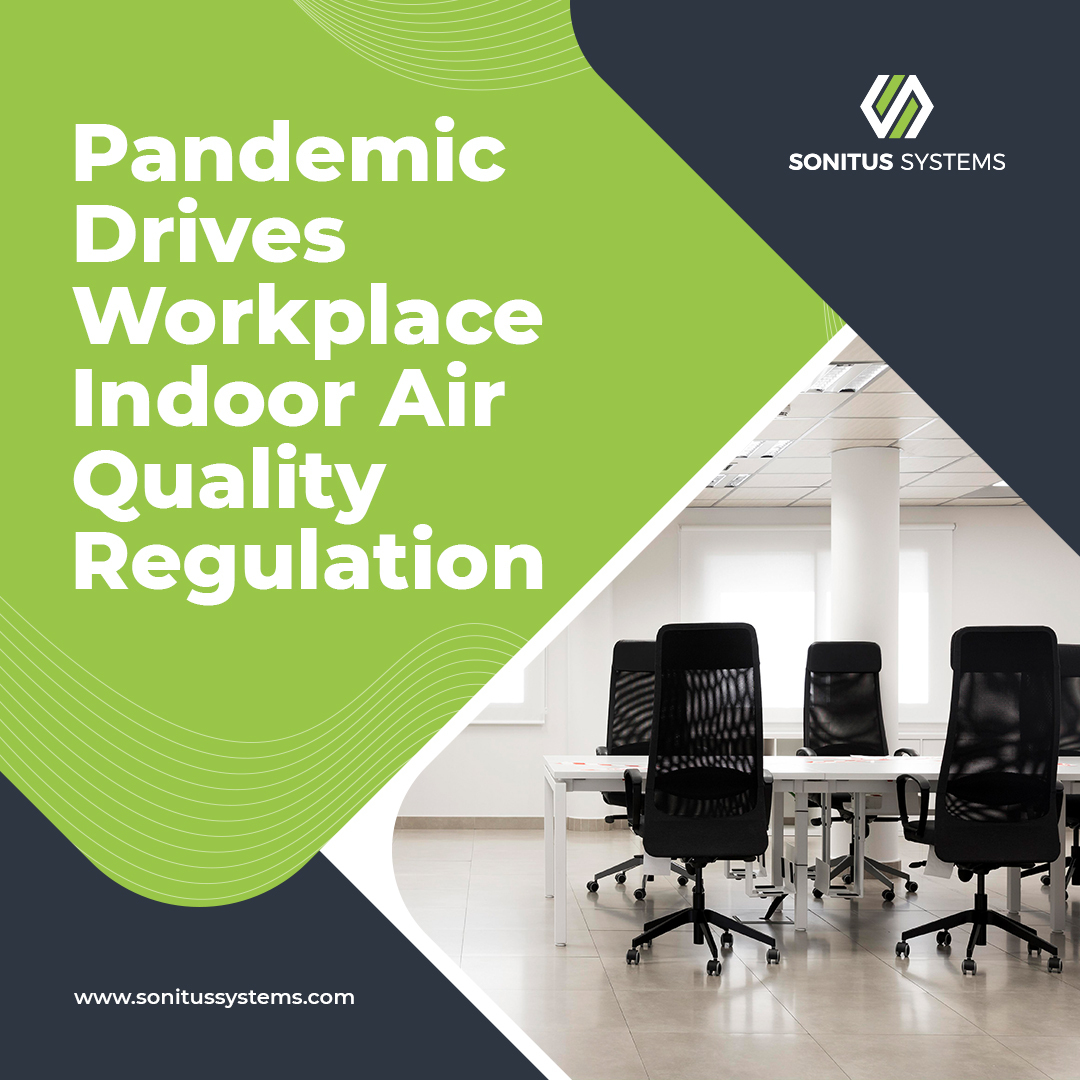As we emerge from the COVID-19 pandemic, the importance of indoor air quality is now much more keenly understood as one of the most important contributors to a healthy workplace. With many companies keen to get workers back into the workplace, making indoor spaces free from harmful air pollutants is now becoming a top priority.
Writing for SHP, Global Action Plan’s Senior Business Engagement Manager, Désirée Abrahams, explains how those in the manufacturing sector are particularly affected by poor quality and suggests that urgent regulatory changes are needed in order to avoid a health crisis.
The current state of indoor air quality
Using the UK as an example, Abrahams outlines the full extent of the indoor air quality issue. Not only is air pollution contributing to a major health crisis, it is becoming something of an economic burden. In the UK alone, more than 12 million people now live with ill-health conditions made worse by air pollution. Economically speaking, air pollution accounts for more than three million lost workdays a year, with the UK’s air pollution levels exceeding World Health Organization recommendations.
Across the manufacturing sector, the challenge is even greater. With three million workers undertaking activities that themselves generate air pollutants, keeping the air quality high is a significant problem. Activities such as flour and grain production, spray painting, stoneworking, cement production, as well as metalwork, all exacerbate the issue. For workers with pre-existing health conditions, such as asthma, the problem compounds.
New research by the Clean Air Workspaces campaign found that key workers who continued working throughout the pandemic were especially let down by poor air quality. The research discovered 440,000 UK workers with pre-existing conditions were subjected to dangerously high levels of air pollutants.
Compounding issue
Abraham’s research has shown that over the course of 2020 and 2021, during the peaks of the pandemic, the majority of employers implemented ‘bare-bones’ preventative measures. By only putting in place the minimum preventative measures, employers did not do all they could to protect workers. The author argues that ventilation is not enough. Instead, workers need employers to take a more holistic approach when considering the effects of indoor pollutants, due to the compounding relationship between the Covid-19 virus, indoor pollutants, and certain health conditions. Air pollutants can exacerbate asthma, COPD, and heart conditions, for example, making someone more vulnerable to further complications should they contract Covid-19.
Current UK regulation
Instead of being a thorn in the side of the manufacturing sector, the pandemic should instead be seen as an opportunity to initiate necessary changes for the sake of the workforce.
Currently, the independent Health and Safety Executive regulates 500 airborne hazards. Abrahams suggests, however, that the currently permitted levels are excessive, and there is an urgent need for lower exposure limits. With the Control of Substances Hazardous to Health (COSHH) Regulations 2002 permitting harmful indoor levels of airborne pollutants, the current regulation needs to realign itself with the most up-to-date research.
The threshold of permitted levels of indoor PM10 is currently far in excess of that accepted outdoors. When it comes to manufacturing, this kind of particulate matter with a diameter of 10 micrometers or less is especially troublesome, compounded by industrial processes.
Proposed changes
Such inconsistency in regards to regulation is a concern for indoor workers. As it stands, indoor workers are subjected to levels of airborne hazards known to be detrimental to health.
Given this, and as a response to new research, Abrahams suggests the following changes:
- Levels of acceptable air pollutants in industrial workplaces should be reviewed immediately. New evidence shows such a change would significantly improve conditions for employees.
- Spot checks should be conducted regularly by regulators. Such checks are necessary to ensure employers are not accidentally subjecting workers to harmful conditions. They will also give a more accurate picture of the current state of air quality in manufacturing sites.
- Both manufacturers and regulators should collaborate on an air quality research programme for manufacturing sites. This will provide long-term data on the effects of exposure to air pollutants for those with pre-existing conditions and the cause of new ones.
Our colleagues at Kaiterra have researched the importance of employers prioritising indoor air quality, and the benefits of this for both the employers and the team. We will be exploring these benefits further next week, while comparing green buildings vs. healthy buildings.
Sonitus Systems offers both the hardware and software for a range of environmental parameters on a continual basis, with real-time information available through our Sonitus Cloud dashboard. For more details on our indoor and outdoor noise and air quality monitoring products and services, please contact the team at Sonitus Systems .
